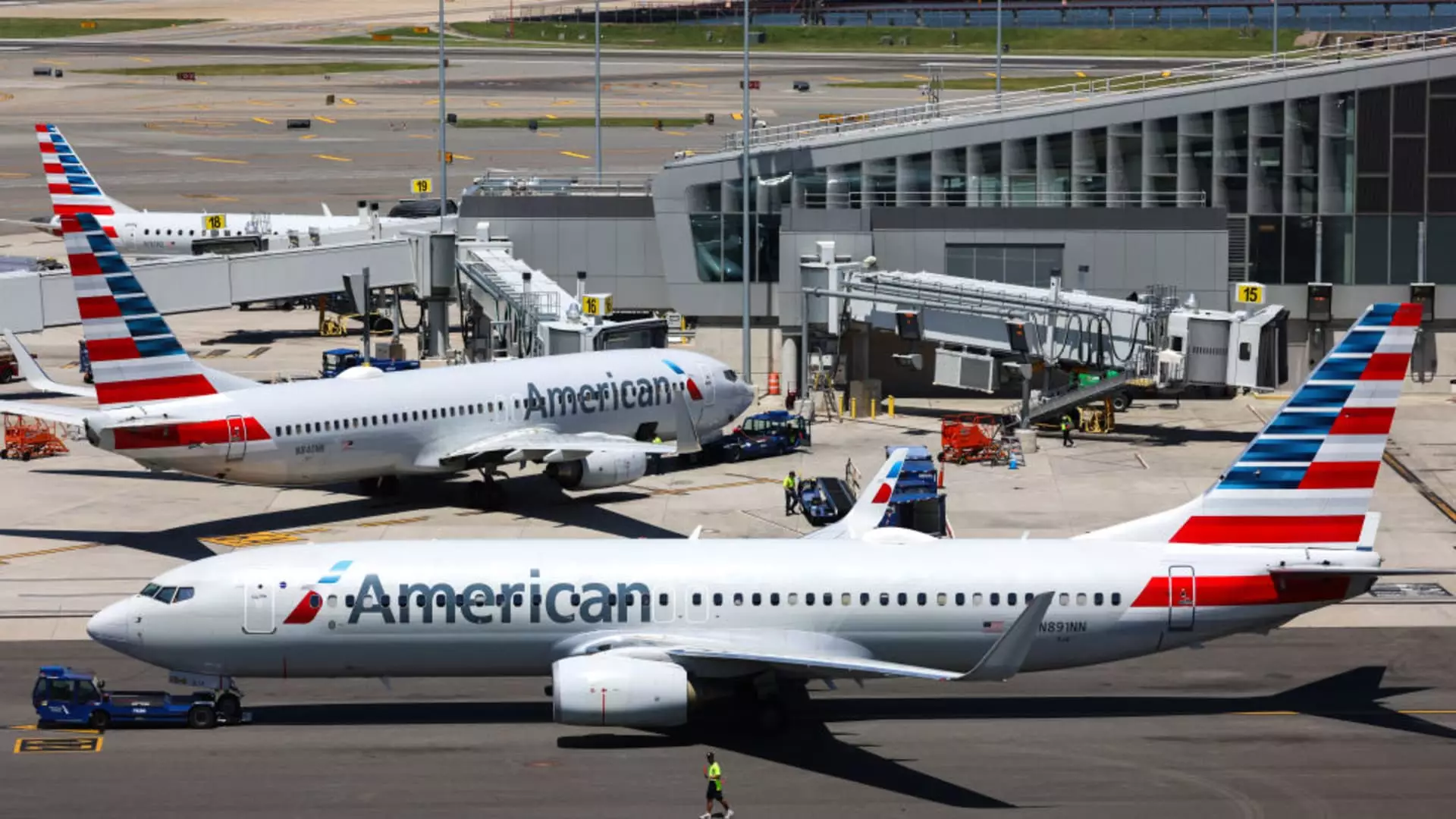American Airlines is currently engaged in critical negotiations to establish Citigroup as its primary credit card partner, signaling a significant shift in its long-standing relationship with Barclays. The potential transition is a strategic move that aims to streamline the airline’s partnerships and enhance its revenue generation from its loyalty program. This analysis explores the implications of this development, the competitive dynamics at play, and the broader context of co-brand credit card arrangements in the airline industry.
For nearly a decade, the relationship between American Airlines and Barclays has been a staple of their co-brand partnership, stemming from American’s acquisition of US Airways in 2013. The current discussions, however, highlight American Airlines’ desire to consolidate its credit card programs under a single issuer. The complexities involved in airline and bank collaborations cannot be overstated; they are often rife with fierce competition for profitable arrangements that not only attract customers but also maximize each party’s financial return.
Existing arrangements often involve intricate negotiations over revenue shares and customer access, which are critical in achieving sustained profitability. The move to align with Citigroup, an institution that historically demonstrates stronger customer spending patterns, reflects American Airlines’ strategy to optimize its financial performance in a landscape increasingly demanding better returns on investment.
As American Airlines pursues this potential partnership, it is essential to understand the underlying market dynamics that have precipitated this shift. In the co-brand card business, airlines have leveraged the loyalty of their customer base to negotiate lucrative deals with banks. As consumer spending habits evolve and scrutiny over credit card practices intensifies—fueled by regulatory bodies such as the Consumer Financial Protection Bureau—banks are reassessing their involvement in such partnerships. Many are beginning to withdraw from the airline sector entirely, citing rising card loss rates and mounting costs.
Despite these challenges, the importance of credit card partnerships for airlines remains steadfast. Such collaborations generate substantial revenue streams—even when travel volumes plummeted during the pandemic, spending on airline-branded credit cards remained robust. American Airlines is recognizing the opportunity this presents and is prioritizing the establishment of a more lucrative arrangement to enhance its financial viability.
American Airlines boasts one of the largest loyalty programs in the industry, yet revenue generated from its partnership with Citigroup has lagged behind competitors like Delta Airlines, which earned nearly $7 billion through its American Express partnership. The competitive pressure is palpable as airlines strive to fuel their profitability through effective loyalty programs, where the financial stakes are extraordinarily high.
In light of this competitive landscape, American’s choice to align more closely with Citigroup may be a tactical pivot aimed at strengthening its fiscal foundations. With Citigroup reporting better financial performance in contexts similar to American Airlines, the former seems strategically positioned to provide capabilities that enhance customer engagement and generate higher returns.
The path forward is not devoid of potential roadblocks. Regulatory bodies, including the Department of Transportation, may impose restrictions on such partnerships, which could either delay or prevent the establishment of a deal between American Airlines and Citigroup. Such obstacles raise questions about the sustainability of existing partnerships, including the one with Barclays, which may remain intact if negotiations falter.
From Citigroup’s perspective, the acquisition of Barclays’ customer base and the consequent adjustment of services would present significant challenges—but the long-term financial incentives are clear. Any finalized arrangement is anticipated to span seven to ten years, allowing Citigroup ample opportunity to reclaim its investment and drive profits through this collaboration.
As American Airlines navigates these pivotal negotiations with Citigroup, the outcomes will reverberate throughout the airline industry and the co-brand credit landscape. The potential shift marks not only a key strategic maneuver for American Airlines but also highlights the increasingly competitive nature of credit partnerships in an era of tightening margins. Airlines’ reliance on robust loyalty programs necessitates agile strategies to optimize these relationships as they forge ahead in a recovering market. The outcome of these discussions will not only dictate American’s future earnings but also reshape customer engagement for both the airline and Citigroup moving forward. The evolving narrative around partnerships will undoubtedly influence the broader trajectory of the industry in the years to come.

